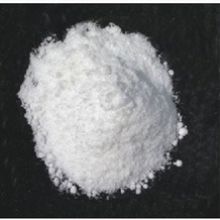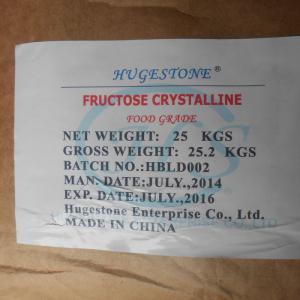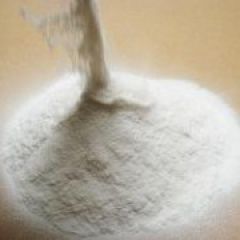Two stereoisomers of the aldohexose sugars are known as glucose, only one of which (D-glucose) is biologically active. This form (D-glucose) is often referred to as dextrose monohydrate, or, especially in the food industry, simply dextrose (from dextrorotatory glucose). This article deals with the D-form of glucose. The mirror-image of the molecule, L-glucose, cannot be metabolized by cells in the biochemical process known as glycolysis.
The chemical D-glucose is sometimes referred to as dextrose, a historical name that derives from dextrorotatory glucose because a solution of D-glucose in water rotates the plane of polarized light to the right . However, the D- in D-glucose refers to a chiral chemical similarity property in sugars, not the property of rotating light . For this reason, the D- and L- designations in sugars do not perfectly predict optical rotation, and do not refer to this property.
Starch and cellulose are polymers derived from the dehydration of D-glucose. The other stereoisomer, called L-glucose, is rarely found in nature.
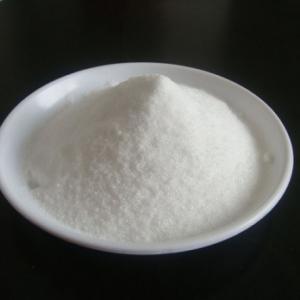
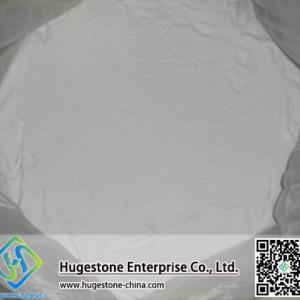
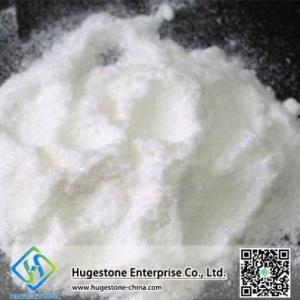
 China
China